By Alex Gandra
Studies show that half of all film school graduates are women, yet only 5% of them are working Hollywood directors. This is not only a problem in Hollywood, but everywhere in the world. There’s prejudice and difficulties akin to them, common stories of declined financing help and even production interruptions due to certain chosen themes and subjects in their work.
There are exceptions to the rule that are forgotten, and others that are now breaking through. Although many who are active today seek refuge in independent filmmaking, TV and online media, they are – increasingly so – receiving more attention. The current list gathers some of the most prominent female filmmakers in the history of film, and the movies that made them so inspiring.
1. Triumph of the Will (Leni Riefenstahl, 1935)
A propaganda film considered by many as one of the best documentaries ever made, Leni Riefenstahl chronicles the 1934 Nazi Party Congress in Nuremberg, which was attended by more than 700,000 Nazi supporters. Riefanstahl won instant international fame with this and the other propaganda films she directed in the 1930s. She was considered a pioneer of film and photographic techniques; after she filmed Triumph, she was labeled by many as the greatest female filmmaker of the 20th century. Her personal association with Hitler (who actually commissioned this film) ruined her film career after Germany’s defeat in World War II.
In this documentary, Riefenstahl rehearsed some of the scenes at least fifty times, with the main theme being the return of Germany to power and Hitler as the leader who would bring glory to the nation. Popular in the Third Reich, Triumph has served as a true influence on all contemporary film genres and commercials.
2. The Hitch-Hiker (Ida Lupino, 1953)
A pioneer among women filmmakers, Lupino became interested in directing in the 1940s. After being on suspension for turning down a role she began to explore filmmaking, the filming and editing processes, and what she called “the interesting work.” She became the first actress to produce, direct, and write her own films.
The Hitch-Hiker was her first fast-moving film, a film noir about two fishing buddies who pick up a hitchhiker while on a trip to Mexico. Based on the true story of psychopathic murderer Billy Cook, the two men must survive a hostage situation where escape seems impossible. (An incredible detail is that they are located in the desert, but are constantly confined to small spaces.) Arguably, Hitch-Hiker is Lupino’s best film, and the only true noir directed by a woman, with emotional sensitivity and class performances by the three protagonists.
3. Daisies (V?ra Chytilová, 1966)
Chytilová wrote and directed this Czechoslovak comedy-drama film and turned it into a milestone of the Nová Vlna (Czech New Wave) movement, making it the second film by the only female in it. It follows the story of two girls named Marie who engage in a series of adolescent adventures. There’s really not much of a plot, as the director’s hand in it clearly wishes to make the film itself an experience, with brutally colorful imagery, random sequences with no apparent structure, music and sound often randomly appearing with no reasoning within a scene.
It is often a series of events mixed with philosophy, nonsense chattering. There are sudden alternations between black and white and monochrome filters of all colors, as well as standard photography. Even with the amazing surrealism and eccentric humor it brought, the film was labeled as “depicting the wanton” by the Czech authorities and therefore banned.
4. Seven Beauties (Lina Wertmüller, 1975)
In its original title, Pasqualino Settebellezze—starring Giancarlo Giannini, Fernando Rey, and Shirley Stoler—the film narrates the story of Pasqualino, an Italian man who, during World War II, abandons the army, is captured by the Germans, and sent to a prison camp. While doing everything he can to survive, the audience learns about his family—through flashbacks, specifically his seven unattractive sisters—and a few stories involving them and ultimately him.
After filming Seven Beauties Wertmüller, an Italian film writer and director, was granted the first female nomination for an Academy Award in Direction. The characterization, for instance, is astounding; Giannini presents the foolish side of his character and performs admirably. Gianni portrays a macho, opportunist man, deeply convinced he’s honorable. It is as black as comedies come, yet the audience is left with the notion that Wertmüller likes the unexplained, the irrelevant moral choices, and the mystery in her most memorable project.
5. Jeanne Dielman, 23 Quai du Commerce, 1080 Bruxelles (Chantal Akerman, 1975)
A clear dedication to the ellipses of conventional narrative cinema, Jeanne Dielman broke new ground and remains a narrative inspiration. Akerman claims that, after seeing Godard’s Pierrot le fou at age 15, she decided to pursue filmmaking. When Jeanne Dielman first debuted, The New York Times called it the “first masterpiece of the feminine in the history of cinema.”
The story examines a single mother’s life, cooking and cleaning over three days, while also prostituting in order to provide for her son. Prostitution is part of her routine, dull and uneventful like everything else in her life. The twist comes when the routine starts failing, and she spontaneously starts doing things she wouldn’t usually do. Akerman is brilliant in viscerally mixing these topics by using an innovative directorial approach, while leaving the audience with the task of filling the gaps.
6. The Ascent (Larisa Shepitko, 1977)
Shepitko’s last film before her death was this black and white Soviet drama film—winner of the Golden Bear award at the 27th Berlin International Film Festival in 1977. Said to be one of the finest war films ever made, The Ascent is set in the bleak winter of 1942, during World War II, and follows two young Soviet partisans as they search for food in a Belarusian village, which was occupied by Nazis.
After being spotted by a German patrol, one of them is shot in the leg, and the other has to take him to a safe place: the home of a woman named Demchikha. However, they are discovered, and both the partisans and the woman are taken to the German camp for interrogation. The struggle of the proletarian is the key point in this story, and the film stands tall as a cinematic statement of politics, faith, and moral choices.
7. Vagabond (Agnès Varda, 1985)
Vagabond is a drama describing the story of a woman who, during one winter, wanders through the French wine country. A dark and disturbing grasp on the life of Mona (Sandrine Bonnaire), told through flashbacks and a near-documentary style, including alternative interviews with the people who have known her in the last weeks of her life.
Throughout the film, the audience gets to know the main character, how she seems so independent and hard to love, drifting from place to place accepting any help or places in which to stay. No one really knows where she is from, or how she ends up in her situation.
It’s noticeable how Varda’s background as a still photographer finds a place in this film. It is a particularly moving grip on visual detail that takes the story to an even harsher reality while simultaneously supplying the necessary beauty.
8. Big (Penny Marshall, 1988)
Starring David Moscow and Tom Hanks as 13-year-old and 30-year-old Josh Baskin, Big, in the “body swap” sub-genre, recounts the tale of a boy who makes a wish “to be big” and becomes an adult overnight.
At the start of the film, there are the usual jokes/issues applied to this sort of story (clothes not fitting, no one believing him, etc.), but it quickly falls in a deeper scenario. Josh clearly has no experience in adulthood, but it’s surprising how he can make it work.
Tom Hanks’ performance makes the audience believe he really is a 13-year-old boy trapped in an older body, and that is mostly because Penny Marshall made the two actors spend time together—even though they never shared a scene—and she had David Moscow them rehearse many of the grown-up Josh scenes performing the role, so Hanks could observe how the younger actor would react in those situations.
Read more at http://www.tasteofcinema.com/2014/the-25-best-films-directed-by-female-filmmakers/#jItEqxGHQeluPEuZ.99
9. Salaam Bombay! (Mira Nair, 1988)
There’s a background story to this film that is particularly interesting: the creators gathered children from Bombay and interviewed them about their lives, experiences, and the places they lived. These children weren’t taught how to act, but how to behave naturally in front of a camera. The film chronicles their day-to-day life thus it needed to be as real as possible.
Mira Nair directed it with the help of long-time collaborative screenwriter, Sooni Taraporevala, whom she met at Harvard. Not a single scene in this film was filmed in a studio or on movie set; Nair shot many scenes with hidden cameras, so the audience can hear the unrehearsed comments of spectators in specific parts. Nair captures and transports reality to a whole new level, as well as Hindi filmmaking, which provides comfort that the streets are safer than anywhere else and there might be some hope in them.
10. An Angel at My Table (Jane Campion, 1990)
In this New Zealand-Australian-British production, directed by the first female filmmaker to historically receive the Palme d’Or, the audience discovers a dramatized adaptation of author Janet Frame’s three autobiographies.
The film begins with Frame (Alexia Keogh and Karen Fergusson) as a child, living in a poor New Zealand home, being endlessly mocked at school for her huge, curly red hair and quirky behavior. When Frame (Kerry Fox) is an adult, the death of close family members, as well as large number of embarrassments and other misfortunes, lead her to a madhouse where she’s misdiagnosed as a schizophrenic.
Frame is subjected to more than 200 electroshock treatments, albeit nothing is really wrong with her (besides being terribly shy and sad). Engrossing from beginning to end, the film looks and sounds like fiction when so many awful things happens to such a person. Campion effortlessly presents storytelling in its simplest form, which is genuine and fluid throughout the three sections.
11. Europa Europa (Agnieszka Holland, 1990)
Best known for her political contributions to Polish cinema, Holland is one of Poland’s most eminent filmmakers. Holland’s Europa Europa is based on the 1989 autobiography of Solomon Perel and chronicles the true story of a German Jewish boy who escapes the Holocaust by masquerading as an elite “Aryan.”
Starring Marco Hofschneider as Perel (who appears as himself in the finale), the character defies logic and chance in favor of survival. Thus, Perel meets an identity crisis: by trying to appear an ethnic German, he has to hide certain Jewish traits. Hence, Holland turns this character—that could easily, like so many others World War II films, make the audience pity the main character—into a conflicted individual who constantly shifts identities. Eurpoa Europa keeps the spectator on his feet—longing for his victories—rendering the film a heartwarming and rare war tale.
12. The Apple (Samira Makhmalbaf, 1998)
The film directorial debut by Samira Makhmalbaf (considered to be one of the most influential directors as part of the Iranian New Wave) is based on a true story and features the people who were directly involved in it. For eleven years, two twin sisters are locked up by their parents, an unemployed man and a blind woman, until their neighbors call social workers to investigate the situation. Simultaneously, the Apple portrays an undeniably feminist message and focuses on discrimination against women in Iranian culture.
The title of the film stems from the director’s realization that the apple is the twins’ favorite fruit and, to her, a symbol of life. Makhmalbaf melts documentary with drama (docu-drama), evading their independent meanings—which is controversial in her filmmaking and storytelling choices—and investigates Iranian ethics, as well as premeditates parts of the script the “actors” were most likely unaware.
13. Xiu Xiu: The Sent Down Girl (Joan Chen, 1998)
The directional debut of Chen is set in the 1970s People’s Republic of China, during the Cultural Revolution’s Down to the Countryside Movement. Xiu Xiu (Xiaolu Li), a 15-year-old girl living in the city of Chengdu, moves out to study horses in the countryside. She is told that she will return after six months, which she quickly discovers isn’t true. While struggling against corrupt government officials who manipulate and abuse her, she befriends a eunuch horseman, Lopsong (Lao Jin).
The central theme is exile of a frightened homesick girl who wants her life back; she is the antithesis of the common heroine. The film, unfortunately, was not accepted in China, and the director was not welcome to return. It’s haunting how Xiu Xiu supports an extraordinary truth inside fiction. The main friendship in the film— based on silence and pain—is outstanding; this type of relationship seems nightmarish and frightening, but is represented beautifully by Chen and her actors.
14. Ratcatcher (Lynne Ramsay, 1999)
Ratcatcher is the debut feature film from Scottish director Lynne Ramsay. Set in a Glasgow tenement block in the 1970s, against a backdrop of garbage accumulating during a “dustmen’s” strike. The film follows a young boy, James (William Eadle), through a series of more or less connected episodes.
At the portrayed time— the poorest housing conditions in Western Europe—there is not any running hot water, bathing facilities, or indoor plumbing. There’s a new city development program that promises to re-house the tenants in new modern estates. The main character, James, is a 12-year-old boy forced to live in these conditions, facing imminent death by contamination, toying with rats and dealing with his heavy-drinking father.
The narrative is beautifully connected, and the truly fascinating part is how absurdly normal all the dirtiness, extreme poverty, mental issues, abuse, etc., looks in a film that follows the life of a mere child.
15. The Taste of Others (Agnès Jaoui, 2000)
Written by Jaoui and her former partner Jean-Pierre Bacri, this French film is about a busy industrialist named Castella (Bacri), a married man who falls in love with an actress in a play. His wife, an interior decorator, is the dictator of his life. She is cold, and unaffectionate, and materialistic. Clara (Anne Alvaro), the actress, doesn’t share Castella’s feelings because he’s the complete opposite of her.
Nevertheless, Castella falls for the idea of Clara, ultimately forcing him to finally think for himself and develop his own feelings. There’s another interesting relationship in the film, a barmaid portrayed by Jaoui, whose character falls for Castella’s bodyguard. A few other obstacles exist between them, including the fact that the barmaid sells drugs. Jaoi, through her direction, characterizes human relationships by requiring each character to intelligently argue and subtly judge each other about tastes and opposites.
16. Lost in Translation (Sofia Coppola, 2003)
Lost in Translation, a minimalist comedy-drama, is responsible for Sofia Coppola’s win for Best Original Screenplay, as well as her three other Academy Awards nominations, including Best Director—Coppola, coincidentally, is the first American woman to be nominated for this award).
Set in Tokyo, Lost in Translation tells the tale of an aging actor named Bob Harris (Bill Murray), who travels to Japan to film an advertisement. While there, Bob meets Charlotte (Scarlett Johansson), the lonely wife of a celebrity photographer on assignment. The film struggles with two different situations that slowly lead to a friendship.
The controlled performance of Murray makes it one of his best; Johansson’ also serves as a perfect companion in those late, gloomy nights. The brilliant use of chiaroscuro, and the breathtaking shots and wonderful cinematography of the city, the film follows the duo’s experiences and leaves the audience empathizing with the characters’ bittersweet loneliness.
17. 35 Shots of Rum (Claire Denis, 2008)
Denis is recognized for her process of “shooting fast, editing slowly” and her high regard for collaborations on all of her body of work. Her dedication to editing usually results in switching the scenes’ order in the original script and rearranging details. She’s also mentioned that she does not hold auditions for her films because she primarily hires many of the same actors.
35 Shots of Rum is described by some as “an intimate family study.” The film tells the story of widower Lionel, a RER driver in Paris, and his isolated life with his daughter Josephine, with whom he shares a very special bond. The two dwell in an apartment building in the suburbs in which another “couple” also live; the film drives the audience into questioning the relationship and interactions between the four of them. Claire Denis doesn’t treat this film as a lesson because the film’s diegesis is a world to which everyone can relate. It is a treat for the audience to observe these characters without the necessity of a conventional plot.
18. The Hurt Locker (Kathryn Bigelow, 2008)
This exceptional war film, which portrays the story of a three-man bomb disposal team during the Iraq War, guaranteed Bigelow’s accomplishment as first woman to win the Academy Award for Best Director in 2009.
The Hurt Locker is a powerful action film directed by a woman who sides with the soldiers. It offers honest clarity on the perception of a U.S. combatant’s mind. While depicting the violent side, Bigelow manages to withdraw the tragedy and reality of these soldiers’ lives on the field. She portrays the long and painful nightmare of those men who must patrol—even if they are heavily armed moving targets—and are permanently endangered by the hidden “roadside bombs,” which can be ignited by booby-traps or telephones.
Hurt Locker is both cringing and exciting, and it abandons all conventional narrative rules. The title refers to the physical trauma of being constantly in close proximity to the deafening blast of an explosion and the compressed silence, which imprisons pain and doesn’t disappear. Bigelow’s work is outstanding in nearly making the audience feel it, too.
19. An Education (Lone Scherfig, 2009)
Based on the memoir of the same name by British journalist Lynn Barber, Carey Mulligan plays sixteen-year old Jenny, who’s seduced by an older and charming con-man named David (Peter Saarsgard). The screenplay, written by Nick Hornby, sets the story in 1961 and solidifies Jenny’s character above everything else. Even the “romance” in the story is due to her mind, her lust for life, constant excitement, and eagerness to experience. David, who grows extremely fond of Jenny, is good-looking, well-spoken, and extremely polite.
What makes this a magnificent watch is Mulligan, in her first major feature role, who is easily comparable to Audrey Hepburn for the grace and light Mulligan brings to the screen. Though the final part of the film may confuse much of the audience, An Education nonetheless is a charming coming-of-age tale made wonderful by the director’s astute attention to detail, for she is subtle and cautious with the pacing and tone.
20. A Simple Life (Ann Hui, 2011)
Inspired by the true story of producer Roger Lee and his servant, the film depicts the relationship between Lee (Andy Lau) and a woman, Sister Peach, who has worked for four generations in Lee’s family.
It portrays the life of Ah Tao, an orphan in the Japanese occupation of Hong Kong, who spent her life serving four generations of a Chinese family and is – at the time of the film – the servant of the only family member left still living in China, Roger. Everything from the silence they share when she gives him his meals, to the more complex aspects of their relationship, are delicately handled and make the film a quiet, yet moving, experience. A plot, which could easily be a drama about forgetting a person, turns out to be sweet when that someone is remembered. A Simple Life is refreshing and hopeful, and filmmaking wise, a noted character study.
21. Pariah (Dee Rees, 2011)
Director Dee Rees, who also wrote this contemporary drama, tells the story of an African-American teenager named Alike (Adepero Oduye), who is coming to terms with her identity as a lesbian. Pariah contains common elements most coming-of-age films have which primarily involve LGBT characters: the struggles; conservative family issues; falling in love with a friend, etc. Yet this is perhaps one of the few films that can accurately, naturally, and realistically portray these ideals, such as Alike and her pain.
The film is set mostly at night: the club she attends, the streets she walks, and on the bus she rides. Unfortunately, there is not a fairy tale happy ending, but what would most likely occur to someone in a similar situation. On a low budget, Dee Rees makes Bradford Young’s photography even more mesmerizing than what he did before in the originally filmed short film of the early 2000s.
22. Tomboy (Celine Sciamma, 2011)
In Tomboy, Zoé Héran brings to life a short-haired 10-year-old girl called Laure who, after moving to a new neighborhood, decides to introduce herself as a boy by the name Mikäel. Tomboy is refreshing take on how society regards “tomboys”—girls who dress like boys and do “typical” boyish things during their childhood. There’s some irony in the director’s portrayal of Laure’s superficial acceptance of her, yet they are shown as often ignoring her insecurities and wishes.
There’s a delicacy in how Sciamma recreates concepts such as confusion, whilst managing and exploring ambiguous genders. The family doesn’t concern themselves with anything other than the main characters’ problem; the two parents are in love, with a kid on the way, and the younger sister is shockingly supportive. This film doesn’t contain tragedy or over-analysis; what exists is a “tomboy” and summer adventures that may or may not mean something in the future.
23. Stories We Tell (Sarah Polley, 2012)
This film is an autobiographical documentary about the director’s own life events as told by her family, showing Polley’s specific interest in their points of view. It begins with an introduction of the family members and the description of one missing: the adorned mother, who apparently is an enthusiastic, loving person. Later, the family mentions Sarah’s conception, a family joke that implies Sarah looks nothing like her “father” and more like an actor who worked with her mother. The story proceeds by showing how Sarah searched for the truth.
Sarah’s option to allow equal time for everyone to share their side of the story makes Stories We Tell more about the narrative rather than her own truth-seeking. The Super 8 filming, plus the actors playing the younger characters, exhibits a time-machine, (almost) fictional effect. The film certainly proves Sarah Polley’s own talent for complex storytelling and makes it a memorable document, with the director herself often appearing and participating from behind the camera.
24. Wadjda (Haifaa al-Mansour, 2012)
Wadjda (Waad Mohammed) is an 11-year-old Saudi girl, who dreams of having a green bicycle, so she can race against her friend Abdullah, a boy from her neighborhood. What makes Wadjda special is that she refuses to be like the other girls, who are told that it isn’t acceptable for females to ride bicycles. The director’s not trying to make people feel sorry for Saudi women; she’s just telling the story of one girl who doesn’t let anything change her mind.
This Saudi Arabian-German production marked two important firsts in history: the first feature film shot entirely inside Saudi Arabia and the first feature-length one made by a female Saudi director. It took about five years for al-Mansour to make Wadjda, as the director spent most of her time receiving financial backing and film permission. Also having written the screenplay, al-Mansour received inspiration from neorealist films; the primary character is based on her young niece, as well as her own childhood experiences.
25. The Square (Jehane Noujaim, 2013)
In The Square, Egyptian-American documentarian, Jehane Noujaim, depicts the ongoing Egyptian Revolution of 2011 from its roots in Tahrir Square. The Square is an entrancing inside look at the series of revolutions and counterrevolutions that have shaken Egypt. Beautifully shot, well-structured and exhilarating, the film transforms from spontaneous and confusing to emotionally wrenching. It captures the fear people feel when it comes to the army and their shift between good and evil. Noujaim focuses on the right parts, and chooses the right ways to create a bigger impact on the audience.
The film’s greatness can also be attributed to other certain special people, such as the energetic revolutionary Ahmed Hassan, and the movie star Khalid Abdalla, who is often the spokesman for the revolutionaries. There are times where it might feel like explanations are in order, but Noujaim follows a stream that represents exactly how often confusing life is during a revolution.
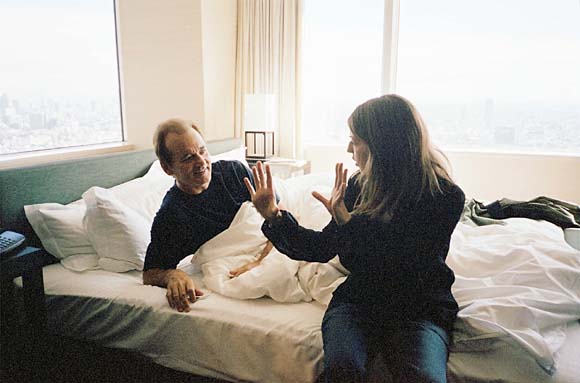
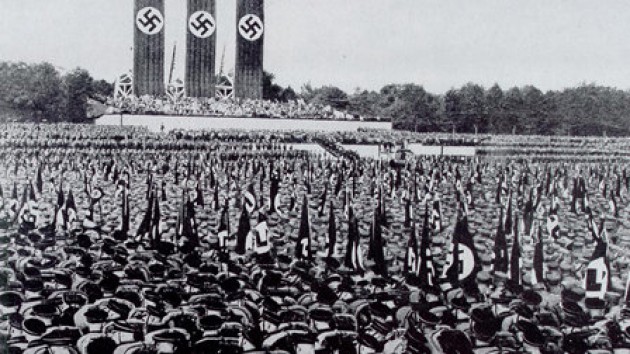
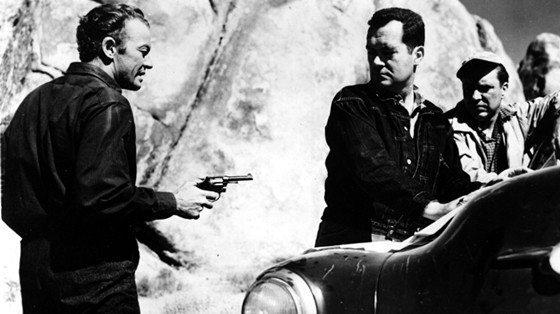
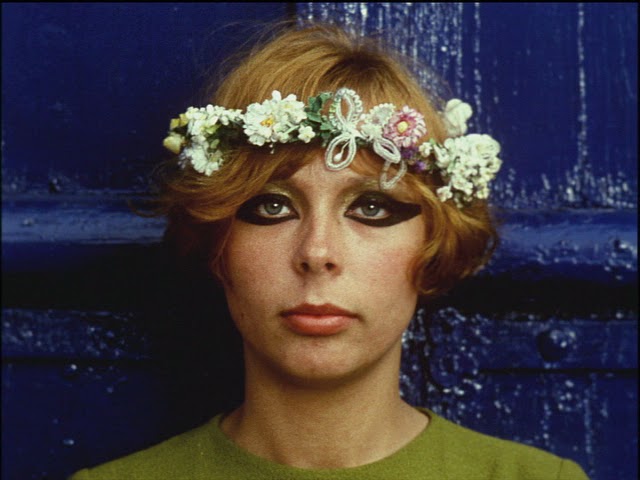
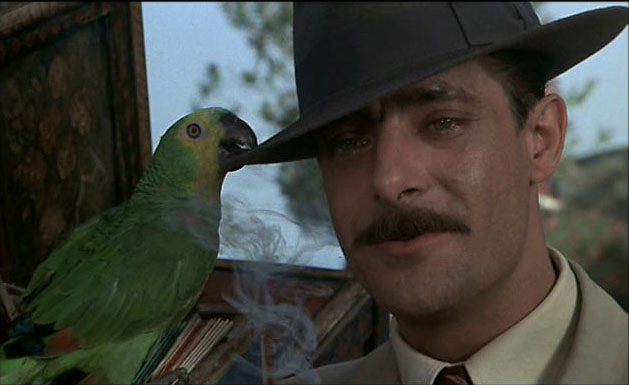
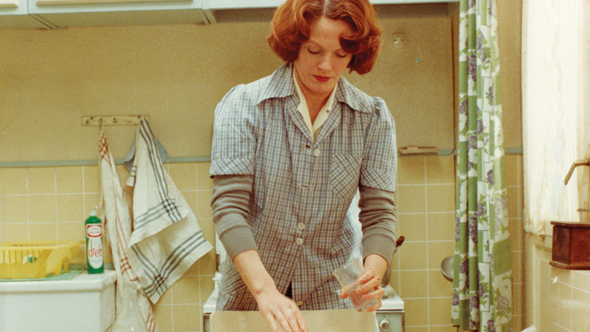
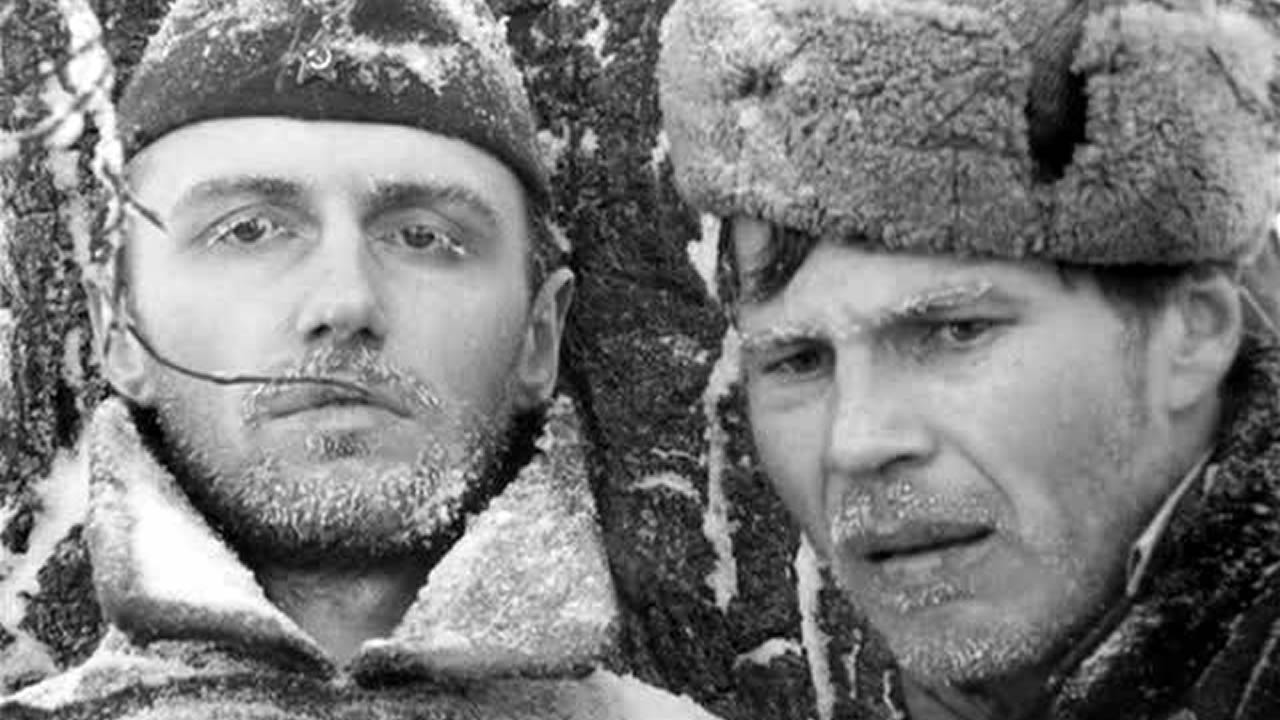
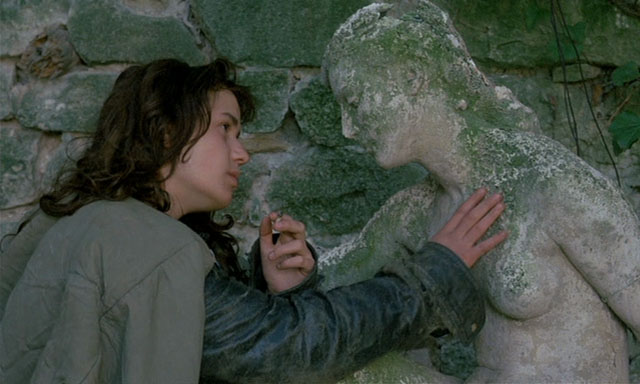
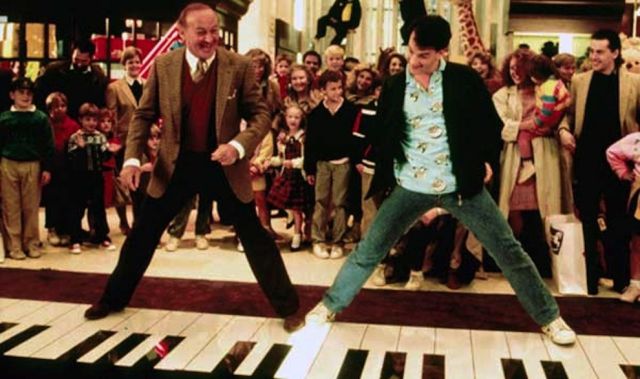
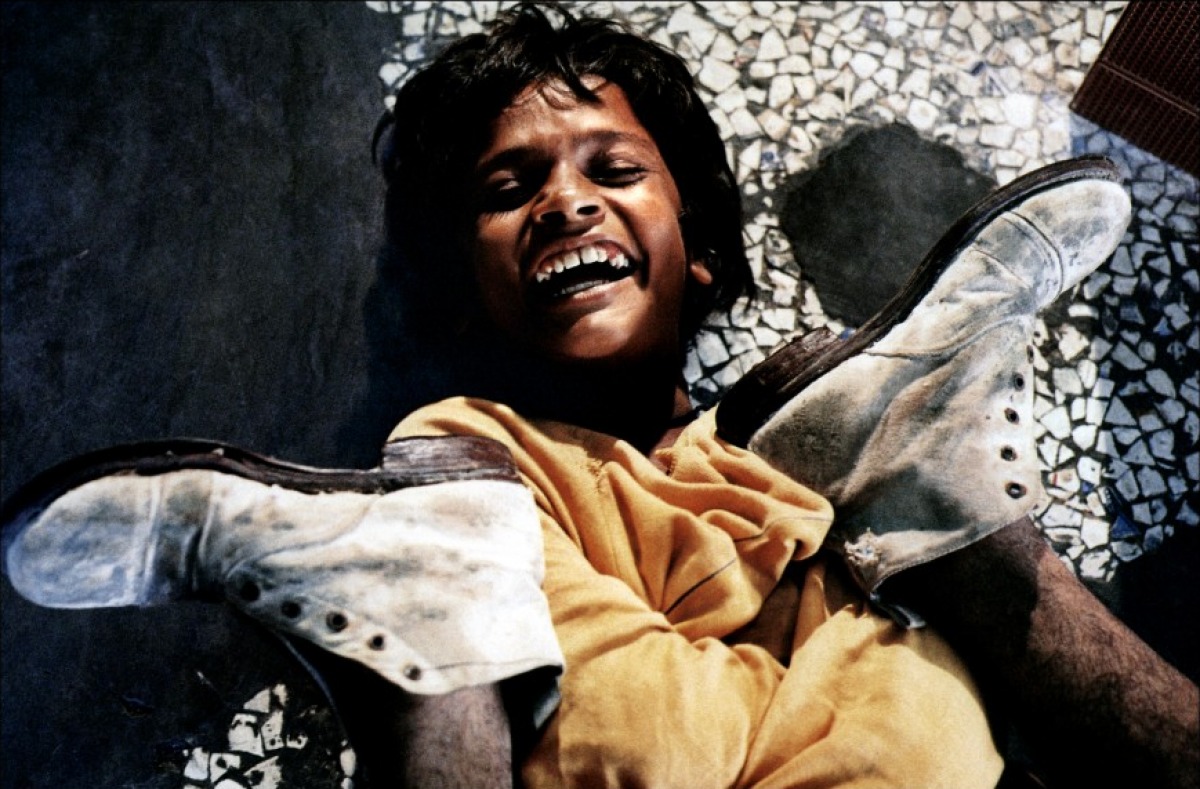
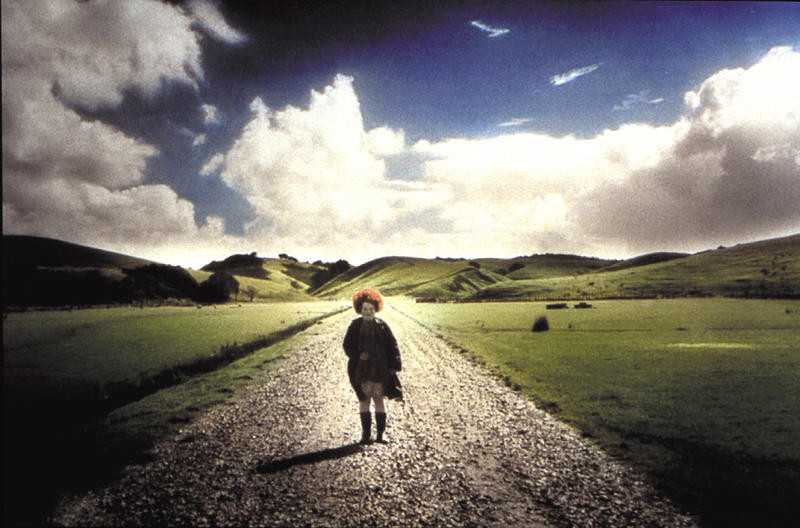
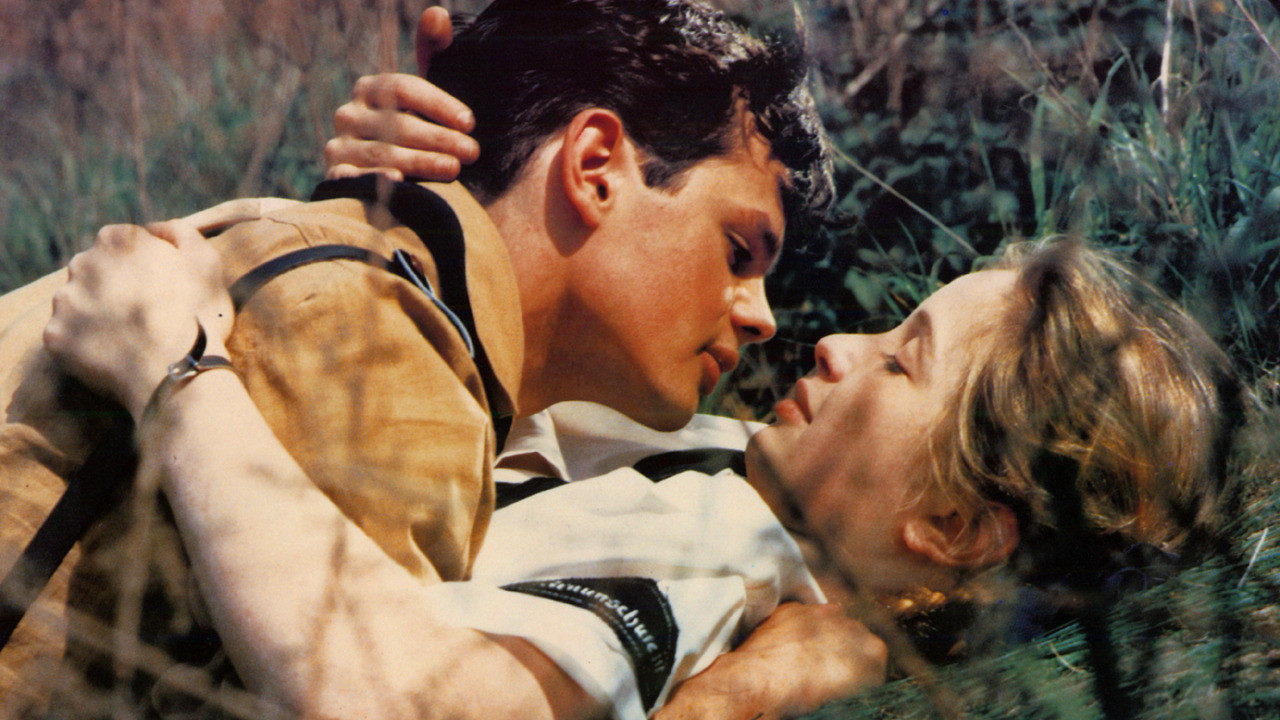
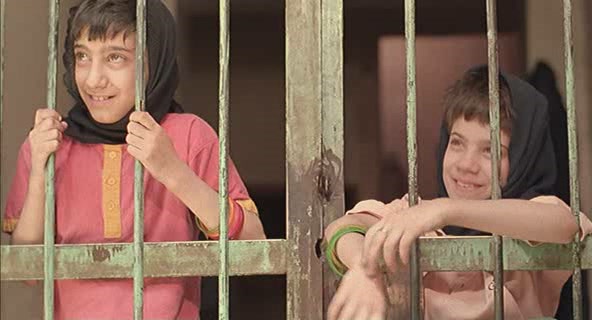
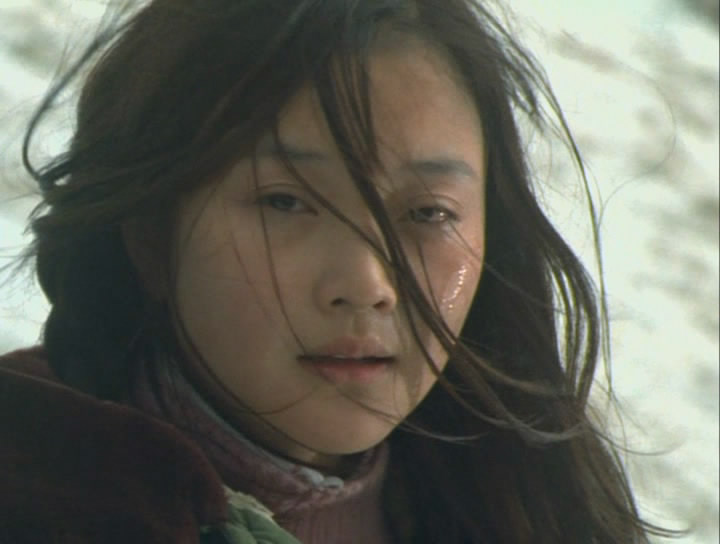
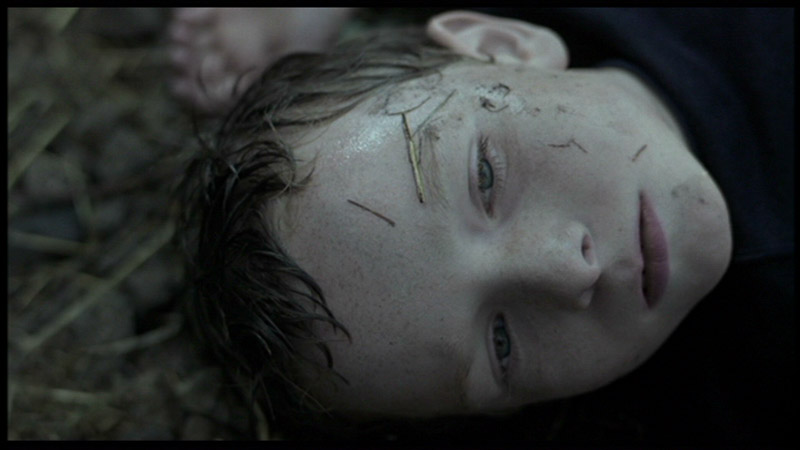
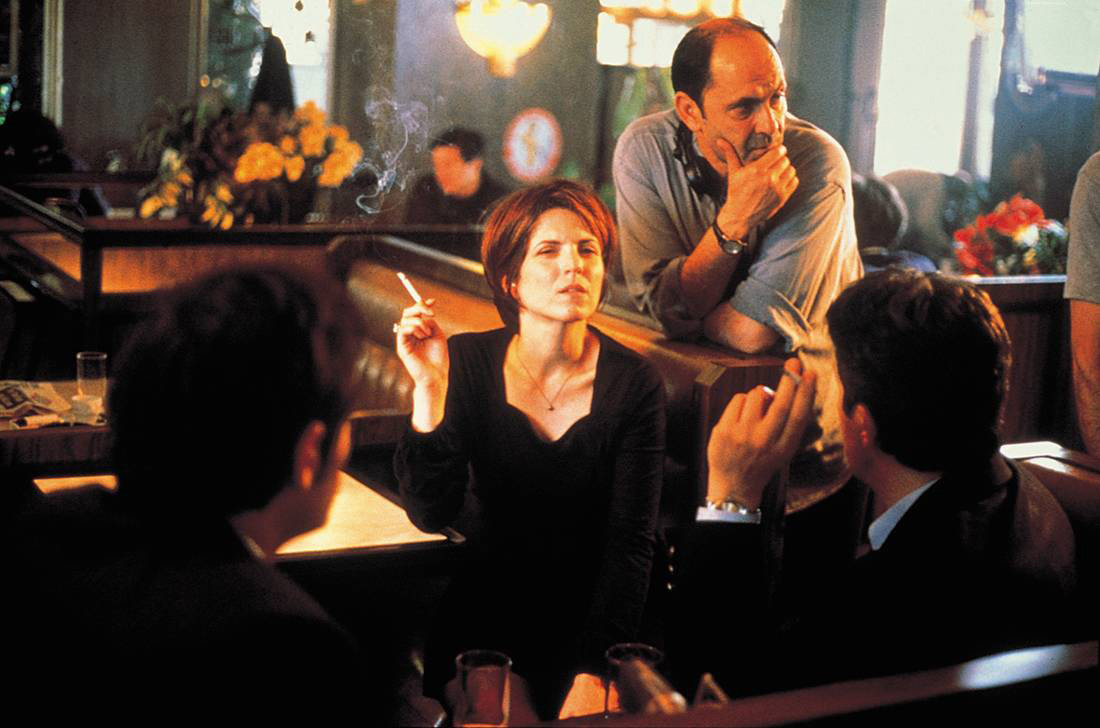
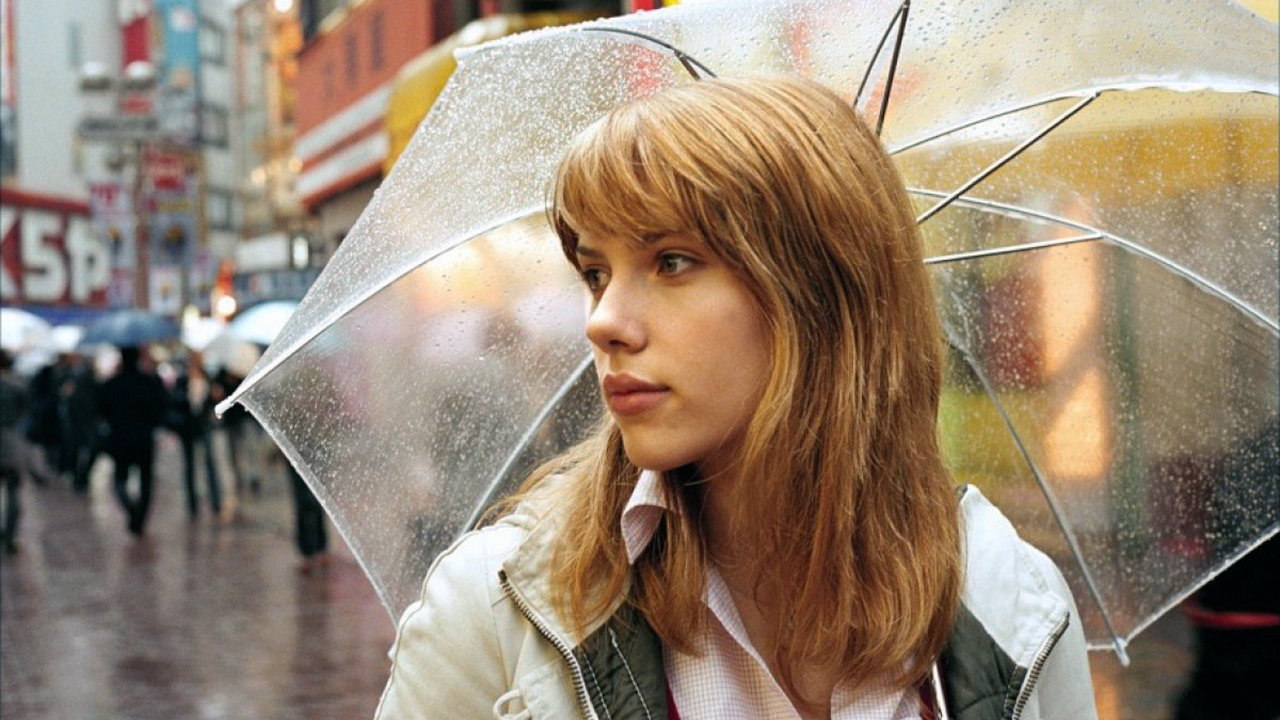
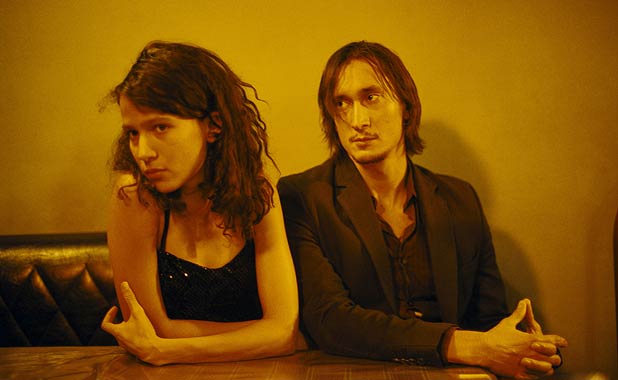
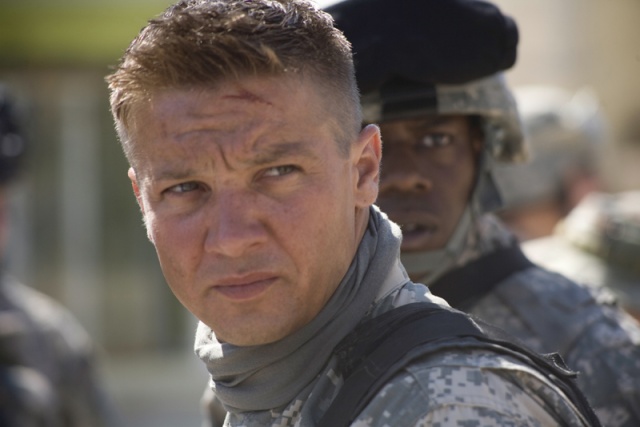
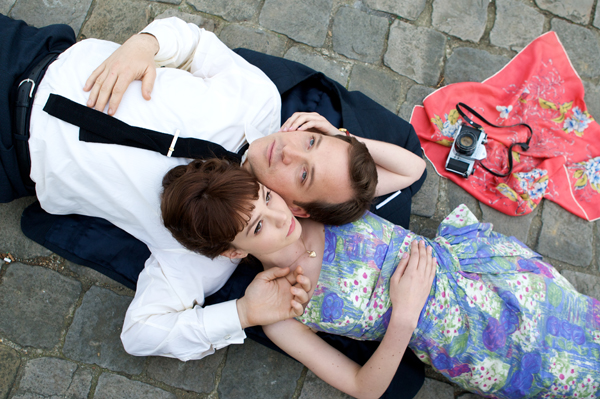
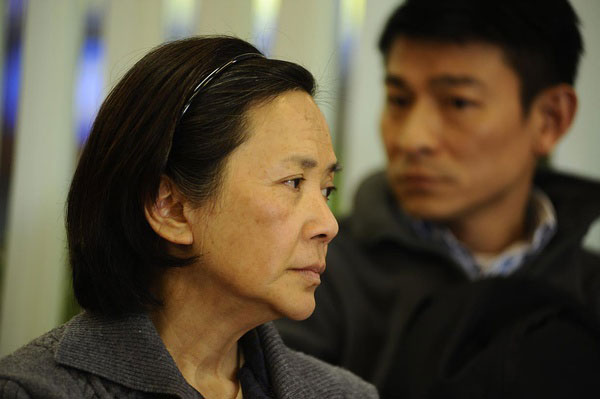
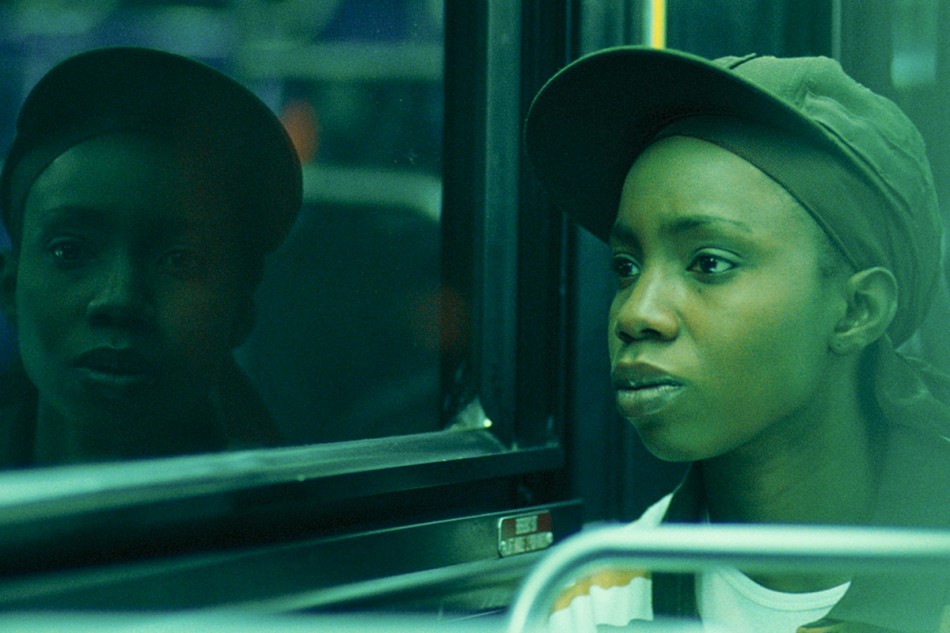
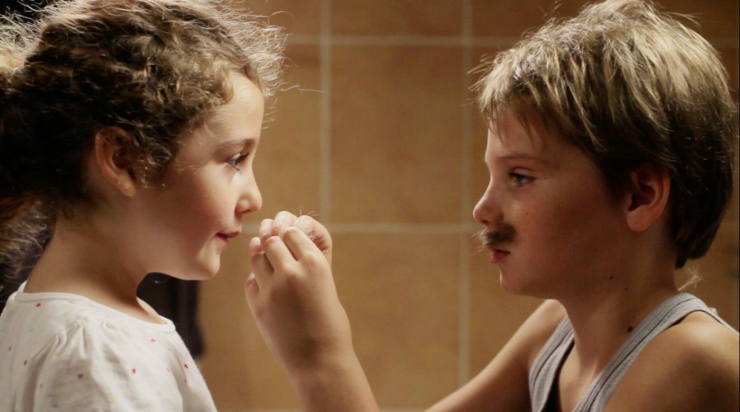
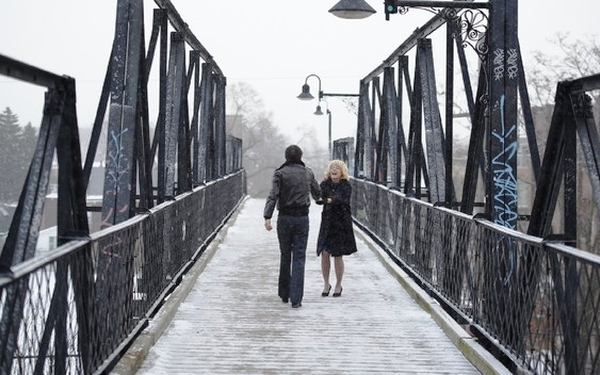
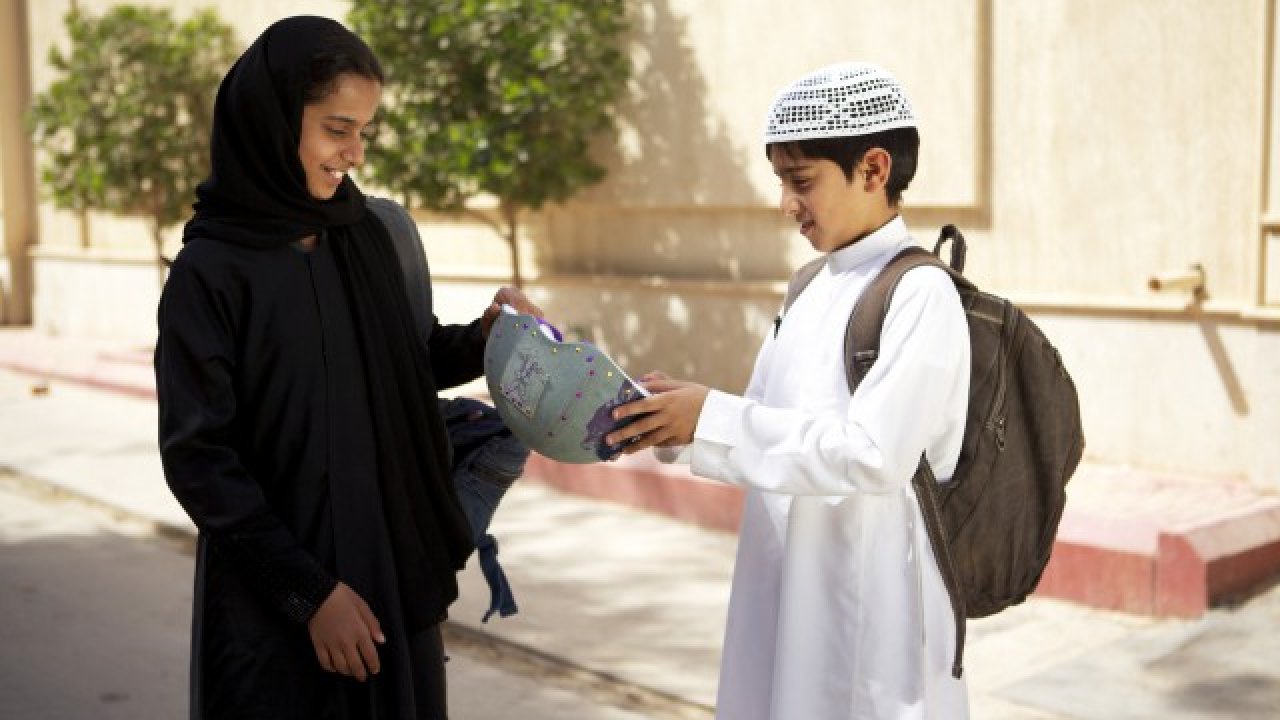
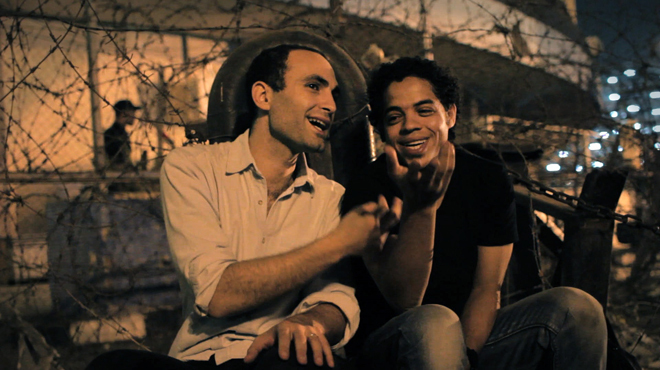
No comments:
Post a Comment